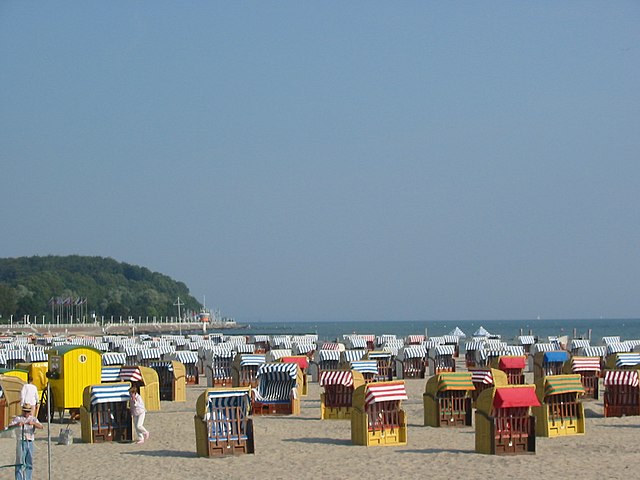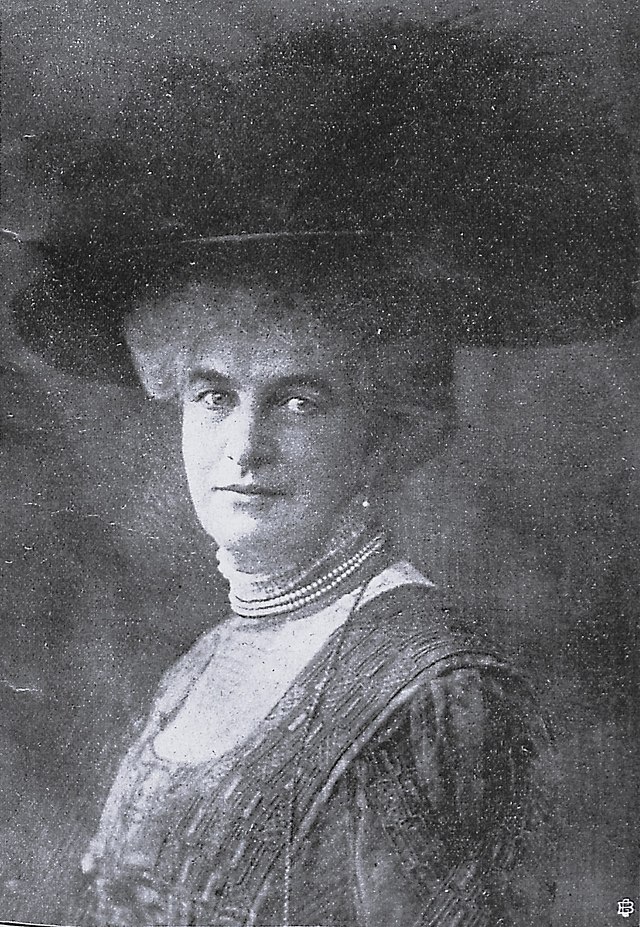Travemünde
Borough of Lübeck, Germany From Wikipedia, the free encyclopedia
Borough of Lübeck, Germany From Wikipedia, the free encyclopedia
Travemünde (German: [tʁaːvəˈmʏndə] ) is a borough of Lübeck, Germany, located at the mouth of the river Trave in Lübeck Bay. It began life as a fortress built by Henry the Lion, Duke of Saxony, in the 12th century to guard the mouth of the Trave, and the Danes subsequently strengthened it. It became a town in 1317 and in 1329 passed into the possession of the free city of Lübeck, to which it has since belonged. Its fortifications were demolished in 1807.[1]
This article needs additional citations for verification. (May 2021) |


Travemünde has been a seaside resort since 1802, and is Germany's largest ferry port on the Baltic Sea with connections to Sweden, Finland, Russia, Latvia and Estonia. The lighthouse is the oldest on the German Baltic coast, dating from 1539. Another attraction of Travemünde is the Flying P-Liner Passat, a museum ship anchored in the mouth of the Trave.
The annual Travemünder Woche is a traditional sailing race week in Northern Europe. The annual Sand festival in Travemünde is known as the Sand World.
The 19th century seaside resort was evoked by Thomas Mann in Buddenbrooks. In Part II/5-12 the vacation of Antonie Buddenbrook is told, while in Part X/3 one summer of little Hanno. Travemünde is depicted by Mann as a place of freedom, happiness and – in the case of Antonie – love, in contrast with the problems of everyday life.

Seamless Wikipedia browsing. On steroids.
Every time you click a link to Wikipedia, Wiktionary or Wikiquote in your browser's search results, it will show the modern Wikiwand interface.
Wikiwand extension is a five stars, simple, with minimum permission required to keep your browsing private, safe and transparent.